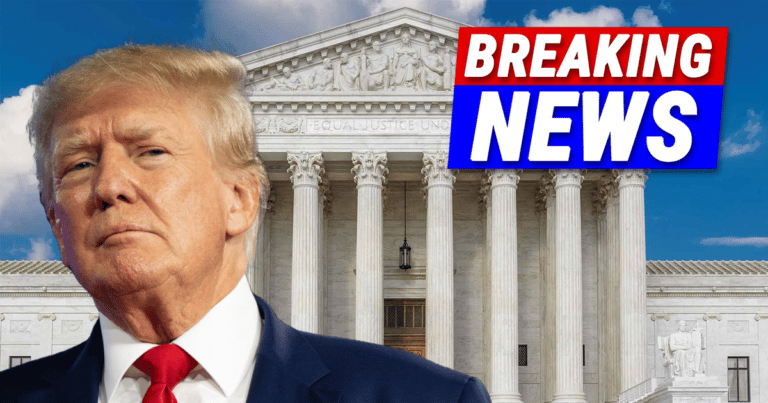
The everyday American has long been frustrated with bloated government and the seemingly endless bureaucracy that drains taxpayer dollars. For decades, administrations have promised to trim the fat and make government work efficiently again, only to be stymied by entrenched interests and procedural roadblocks.
When a president attempts to exercise his constitutional authority to manage the executive branch, career bureaucrats and their allies often rush to the courts, claiming overreach. This tension between executive power and administrative inertia has defined much of modern governance in America.
In a significant victory for presidential authority, the Supreme Court on Tuesday ruled in favor of the Trump administration. Indeed, the highest court in the land upheld the mass firing of thousands of probationary federal employees. The high court’s decision clears a major obstacle in President Donald Trump’s efforts to streamline the federal workforce and fulfill his promise to drain the Washington swamp.
From ‘Fox News’:
“The majority of the high court ruled that the plaintiffs, nine non-profit organizations who had sued to reinstate the employees, lacked standing to sue. ‘The District Court’s injunction was based solely on the allegations of the nine non-profit-organization plaintiffs in this case. But under established law, those allegations are presently insufficient to support the organizations’ standing,’ the court said in an order.”
The ruling delivered a decisive rebuke to activist judges who had previously ordered the administration to rehire terminated employees. Justice Sonia Sotomayor and Justice Ketanji Brown Jackson dissented from the majority opinion, highlighting the ideological divide on the Court regarding executive authority.
Standing Issues Central to Decision
At the heart of the case was whether nonprofit organizations had legal standing to challenge the firings. The Court determined they did not, effectively preventing outside groups from interfering with the executive branch’s personnel decisions.
In their Supreme Court filing, government lawyers argued that lower courts had dramatically overstepped their authority by forcing the administration to rehire workers “despite agencies’ judgments about what best serves their missions.” The Solicitor General’s office further emphasized that “courts do not have license to block federal workplace reforms at the behest of anyone who wishes to retain particular levels of general government services.”
The Supreme Court’s ruling applies to approximately 16,000 probationary federal employees who were terminated since President Trump took office. These probationary employees, typically in their first year or two of government service, have fewer protections than career civil servants.
Justice Department lawyers had warned that forcing the government to rehire these employees would create “chaos” across federal agencies and undermine the administration’s ability to ensure an efficient, performance-based workforce.
Implications for Government Efficiency
The decision represents a significant victory for those who believe presidential administrations should have meaningful authority to shape the federal workforce. Probationary periods exist precisely to evaluate employee performance before granting the extensive protections of career civil service status.
While the administration maintains the terminations were performance-related, critics dispute this characterization. The plaintiffs had argued that service reductions at agencies like the Department of Veterans Affairs and the Forest Service would harm their organizations’ interests.
However, the Court found these claims insufficient to establish legal standing. This reinforces the principle that outside groups cannot dictate federal staffing decisions based on generalized grievances about government services.
Challenges Remain
Despite this victory, the administration still faces hurdles in its workforce reduction efforts. A separate order from a Maryland-based federal judge still blocks some firings in 19 states and the District of Columbia. This is based on a ruling that the mass terminations violated federal law requiring advance notice to states.
The Supreme Court has not yet been asked to weigh in on this second case. This has left some uncertainty about the ultimate fate of affected probationary employees.
The ruling underscores several key principles central to conservative governance: presidents must have the authority to manage the executive branch effectively; government agencies should prioritize performance and accountability; and courts should exercise proper restraint rather than legislating from the bench. By affirming these principles, the Supreme Court has taken an important step toward restoring constitutional balance and empowering elected leaders to deliver the efficient government Americans deserve.
Key Takeaways:
- Supreme Court ruled 7-2 that activist organizations lack standing to challenge Trump’s federal workforce reforms.
- The decision reinforces presidential authority to manage executive branch staffing without judicial interference.
- Trump’s efforts to streamline government continue despite a separate legal challenge in 19 states.
- Probationary employees (approximately 16,000) affected by the ruling have fewer protections than career civil servants.


